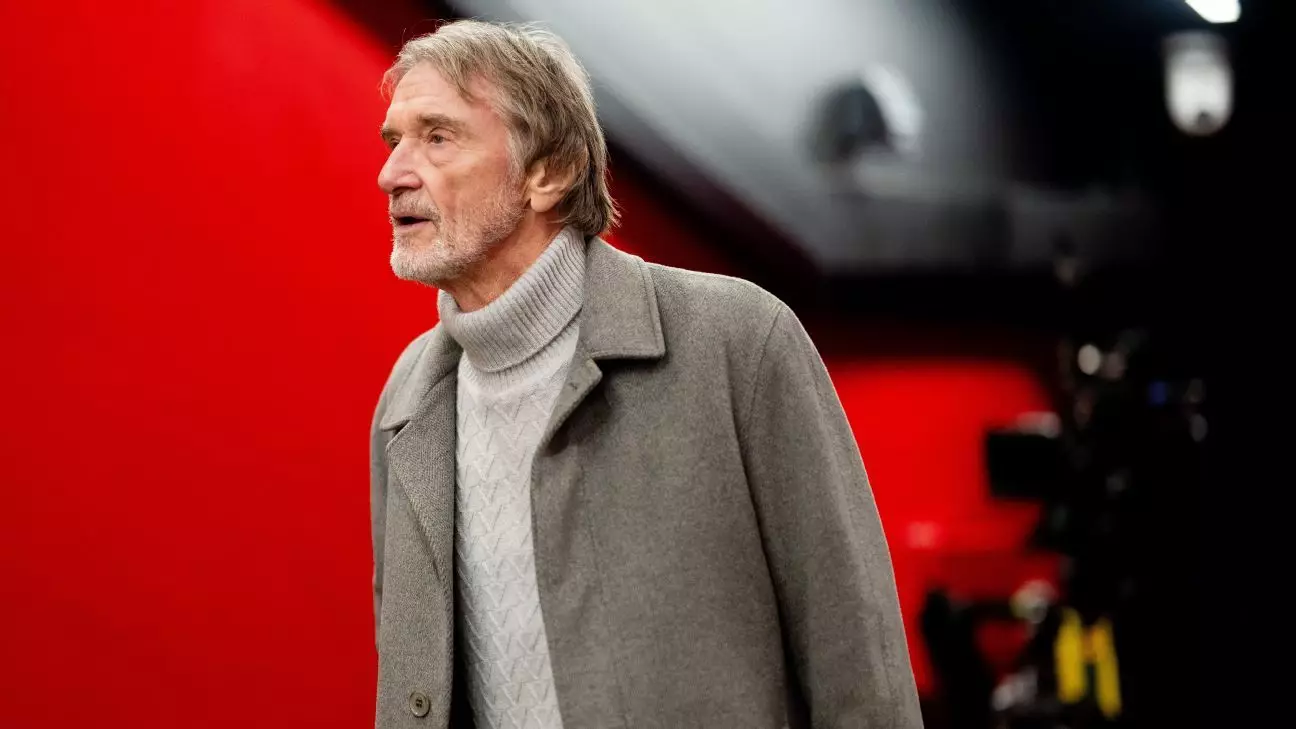The recent announcement by Manchester United regarding the impending layoffs of an additional 200 staff members sheds light on the club’s ongoing financial difficulties. This announcement follows a previous round of job losses that saw around 250 employees let go last summer. These measures are emblematic of a broader strategy aimed at cleaning up the substantial fiscal mess that the club has found itself in, with reported losses exceeding £300 million over the last three years. Despite Manchester United’s storied history and vast global following, the financial reality is stark. The club’s revenues have notably dwindled, with a significant drop from £225.8 million to £198.7 million in a single quarter, highlighting a troubling trend that has persisted for five consecutive years.
The Leadership’s Rationalization and Future Aspirations
In a recent statement, CEO Omar Berrada justified these painful decisions by emphasizing the club’s commitment to restoring its competitive edge across all teams, including men’s, women’s, and the academy. “We have a responsibility to put Manchester United in the strongest position to win,” he asserted, showcasing an understanding of the gravity of the situation. However, while the leadership’s intentions seem aligned with long-term growth—focusing on success on the pitch and enhancing facilities—the execution comes at a high personal cost to employees.
The stark reality is that the vision for rejuvenation appears marred by sacrifices that inevitably impact the workforce. Redundancies can demoralize staff and affect productivity, leading to questions about whether such cuts will genuinely lead to a more robust organization or merely serve as a temporary fix in an effort to stabilize finances.
Additionally, the club is planning to consolidate its operations by relocating staff from the iconic Old Trafford stadium to the Carrington training ground, while also reducing its presence in London. Such decisions reflect an acute awareness of operational costs, but they also signify a shift in how Manchester United intends to navigate its infrastructure as it grapples with budget constraints. It raises the question of whether such relocations will adequately address the underlying issues or merely alter the appearance of the club’s financial health.
Moreover, the halting of free lunches for staff, which is projected to save over £1 million annually, illustrates the extent of the austerity measures in effect. While seemingly minor, such changes can heavily influence workplace morale and demonstrate the severity of the financial challenges at hand.
As Manchester United embarks on this difficult path of transformation, the need for a coherent strategy that marries financial prudence with operational efficiency becomes ever more urgent. The path to recovery isn’t just about cutting jobs and reducing costs; it demands strategic investments and an unwavering commitment to revitalizing the club’s core identity. Fans and stakeholders alike are hoping that these drastic measures, though painful in the short term, can pave the way for a more sustainable and successful future for Manchester United. Only time will tell if these decisions lead to brighter days ahead for one of the most illustrious football clubs in the world.

Leave a Reply